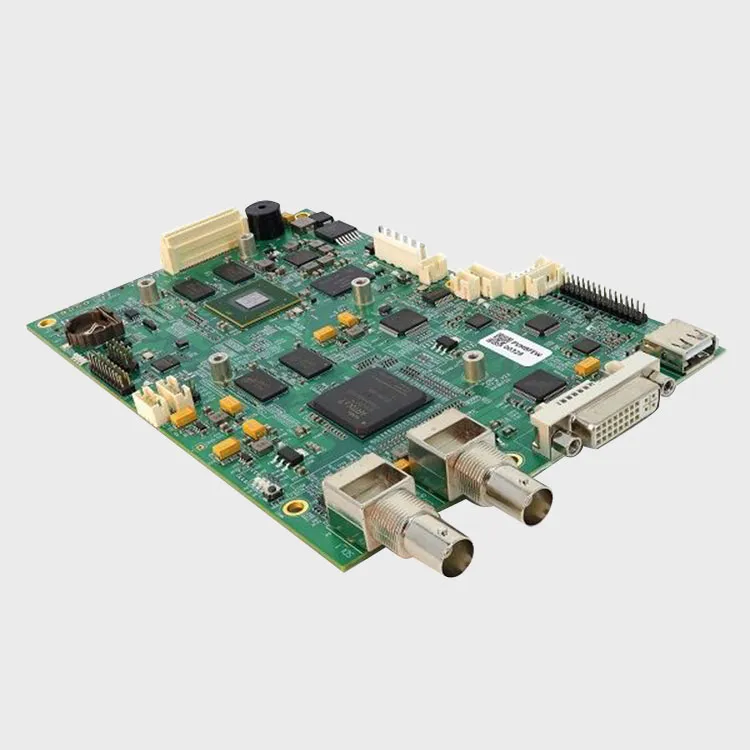1. Material preparation and review
This step is used to evaluate the materials that will be used for the PCB. Check the quality of the material and then prepare it for use. Materials should be inspected for any defects and must be discontinued from use if any are found.
2.Component placement
The goal of this step is to ensure that all electronic components are placed correctly on the PCB and are properly connected to each other. The components are then placed on top of the formwork and connected with conductive tape.
3. Wave soldering
A soldering method that uses heat, flux, and pressure to join electronic components. It is used to solder leads to the body of electronic components
The wires are connected to a wave soldering machine, which passes through the component in a wave-like motion. The heat generated by the machine melts the solder and causes it to flow around the wires and into all corners of the component, where it cools down again.
4. Template preparation
The stencil is usually made of a paper or plastic-like material and has openings at each desired solder joint on the PCB. If you don't have a template ready, you may end up with inconsistent results. This will affect the PCB during the actual assembly process and may damage your product.
5. Solder paste template
The process of joining two or more conductive materials together to form a single interconnection. The most common solder joints are through-hole soldering, surface mount soldering, and wave soldering.
Through-hole soldering involves inserting a component into a hole in a PCB and then soldering it to a pad on the opposite edge of the hole. This creates a permanent joint that cannot be easily removed. In surface mount technology, components are placed directly on the surface of a circuit board or a substrate such as ceramic or plastic.
6.SMC/THC layout
In this step, components are placed on the circuit board. The components are placed on the circuit board in a way that allows easy access to them while soldering. This is done by positioning the component with its legs or leads pointing up and down or to the side so it can be easily accessed once the soldering is complete.
Parts can be placed manually or automatically using automated placement equipment.
To prevent damage during placement and soldering, it is important to have minimal spacing between all components to avoid short circuits and overheating issues.
7.Reflow soldering
During the PCB assembly process, reflow soldering occurs when the PCB is heated to extremely high temperatures to melt the solder paste and bond it to the PCB's copper traces. The purpose of reflow soldering is to create a stronger joint between the conductive traces on the PCB and the resistors or other components connected to those traces.
8.Quality inspection
The PCB assembly process is a complex series of steps. This is necessary for the final product to be successful. Defects can appear at any time during this process, and if they do, this can lead to component failure or even complete circuit board failure.
Inspection is the most important part of the process because it allows manufacturers to discover defects before they become part of the final product. This will help reduce costs by reducing waste and increasing efficiency.

